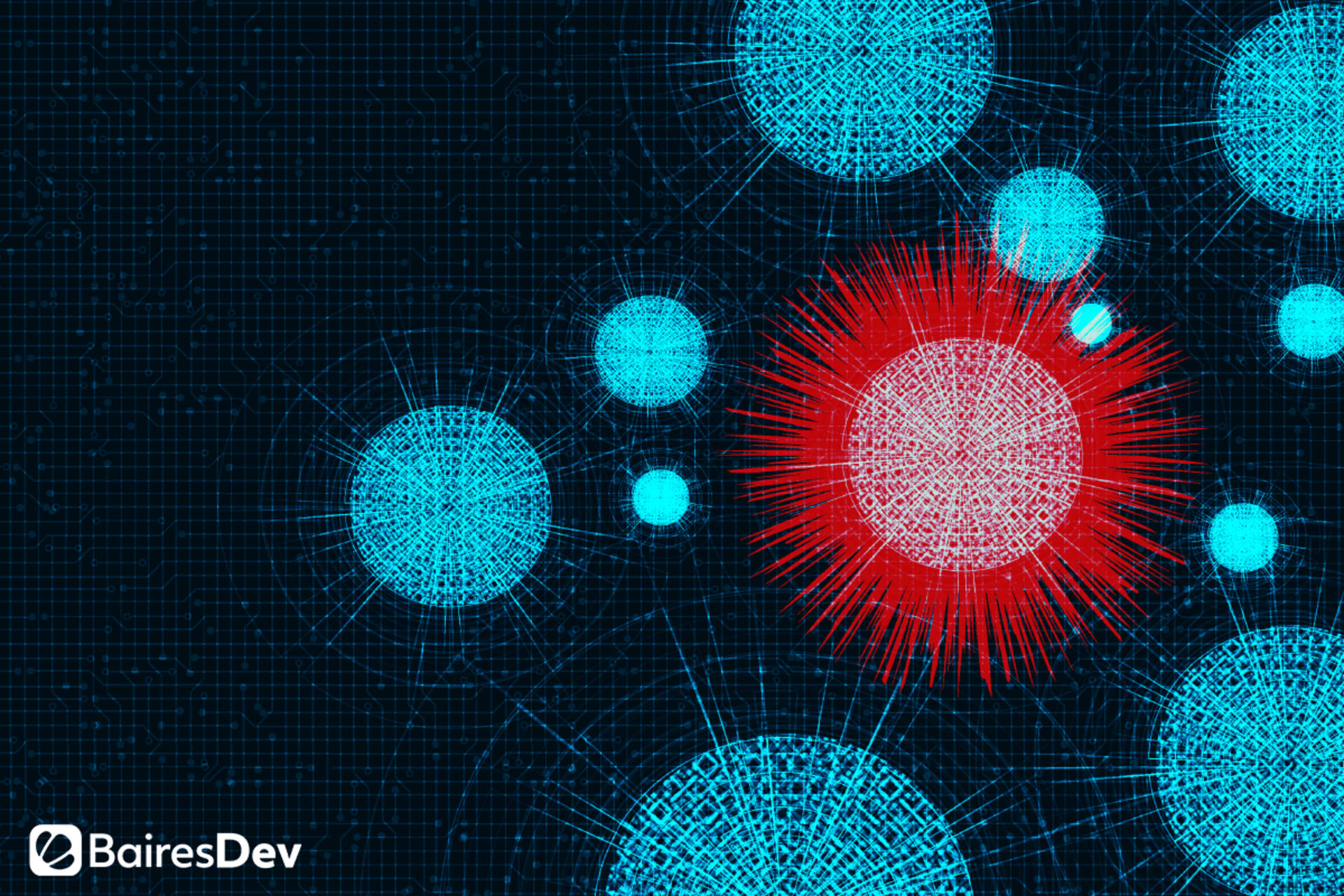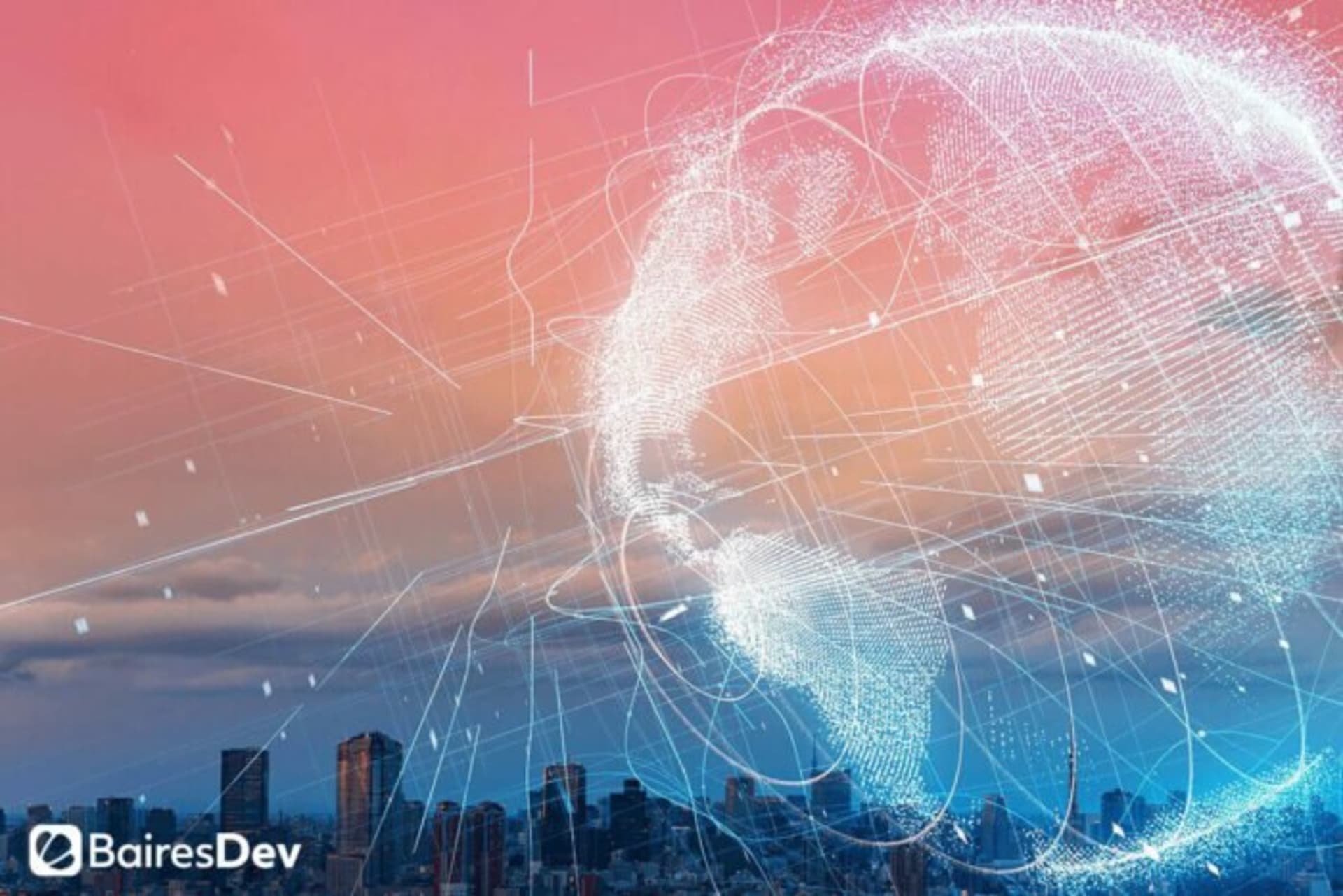The coronavirus (COVID-19) pandemic continues to spread. As of this writing, total cases in the U.S. number 68,440 and total deaths number 994, according to the Centers for Disease Control and Prevention (CDC). And that’s just a fraction of the numbers around the world, numbers that will continue to rise for some time.
The outbreak is pushing the economy, companies, schools, and especially medical facilities to their limits. In New York City, the epicenter of the coronavirus in the U.S., officials are “racing to find space for more hospital beds,” according to Bloomberg. Additionally, the U.S. has only a fraction of the medical supplies it needs to combat the coronavirus.
Unfortunately, the pandemic cannot be stopped, but it can be slowed down. Containment is possible when individuals, medical professionals, public health officials, and companies take the proper steps. Individuals are being asked to do things like wash their hands often, disinfect frequently touched surfaces at home and work, and maintain a safe distance from other people.
Medical professionals, public health officials, and companies have their own roles, and technology is a big part of their contribution. Here are just a few of the technology solutions being deployed to stop the spread of the coronavirus.
1. Detection Tools
Various philosophies about testing for the coronavirus have been noted as local and global communities try to determine the best way to contain it. Some believe everyone should be tested while others think testing should be limited to healthcare workers. Still, others advocate discontinuing testing entirely.
The approach to testing may not be clear but what is evident is that testing should be accurate and deliver fast results. According to Forbes, artificial intelligence (AI) company Infervision “launched a coronavirus AI solution that helps front-line healthcare workers detect and monitor the disease efficiently.”
In contrast with previous disease outbreaks, such as SARS, such testing methods take only hours to return a result, meaning faster disease identification and quicker patient care.
2. Disease Tracking
AI is being used to determine how the disease is spreading. Early in the pandemic, when the spread of the coronavirus was still very limited, a software company called BlueDot used news reports, the progress of animal and plant diseases, and global airline ticketing data to identify the risk from the virus and “published the first scientific paper on [it], accurately predicting its global spread.”
To help professionals and individuals further understand how the disease is spreading, Johns Hopkins University has developed an interactive map that shows the outbreak’s spread, including new cases, deaths, and recoveries, using information from organizations in countries all over the world.
The following video from The Medical Futurist describes these efforts in more detail, as well as several of the other technology tools mentioned in this article:
3. Nonhuman Medical Care
When you think of qualities you might want in a nurse, “having wheels” probably isn’t one of them. Yet robots (some of which have wheels to enable easy movement) are playing a part in the care of coronavirus patients. They can take on some of the duties of their human counterparts, such as cleaning, delivering supplies, monitoring vital signs, and enabling doctors to communicate with patients electronically, without being susceptible to catching the disease.
Robots can also be deployed in hospitals to disinfect rooms, detect the temperature of people walking in, or perform administrative functions.
Drones, which are sometimes referred to as “flying robots,” are also taking on some of these tasks, helping human healthcare professionals stay out of harm’s way. Drones are being used to transport supplies, detect human temperatures from afar, and monitor public spaces for mandate non-compliance (such as not wearing masks).
4. Vaccine Research
While it could take a year or more to develop an effective vaccine for the coronavirus, it would take even longer without the help of AI programs. According to InformationWeek, “Work is now underway worldwide, from Hong Kong to Israel and the US, to use AI in pursuit of a vaccine.”
Researchers are taking advantage of AI to understand more about the coronavirus to help in the search for treatments. For example, Google’s DeepMind unit has analyzed the structure of proteins that may function within the virus. Google has made this information available to others working on treatments for the disease.
Meanwhile, some tech companies, especially those in China, are stepping up to make their computing resources available to researchers. For example, Huawei, known for its telecommunications equipment, deployed its cloud unit to develop “a tool to understand the genetic makeup of the coronavirus,” according to CNBC.
5. Health Information
Technology is playing a big role in how information about the coronavirus is distributed, though the results can be either positive or negative. In a recent interview with the BBC, Dr Lee Riley, professor of infectious diseases at the University of California, observed that “a 24/7 news culture and the rise of social media [makes fear] spread faster than the virus itself.” The constant updates, he said, feed people’s anxiety about the situation.
Of course, technology can help people get the information they need as well. In China, a “close contact detector” app is helping users know if they’ve been near a person who has been confirmed or suspected to have the disease. However, this type of app may not work well in places like the U.S., where citizens are less tolerant of such close monitoring.
Chatbots are being used to share information through free online health services as well as through companies for such things as keeping travelers updated on new policies and schedule changes.
The Future of Pandemics
Unfortunately, according to Fast Company, “we can expect to see more pandemics in the near future, some of which may be far deadlier than COVID-19.” If some good can come from the coronavirus pandemic, it may be that we can learn how to handle these situations more effectively, using a combination of advanced planning, good policies, medical advancements, and smart technology to support containment efforts.






